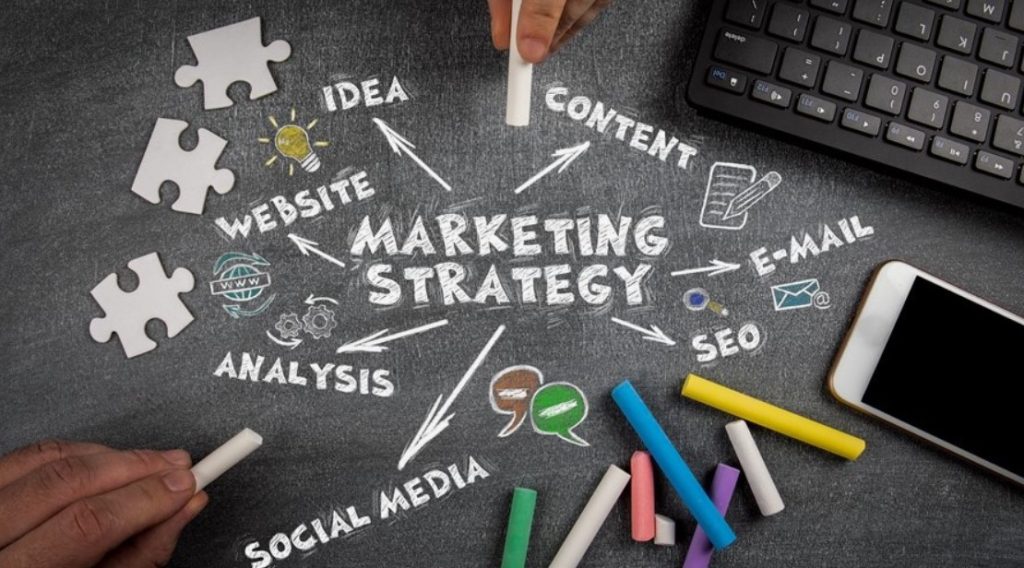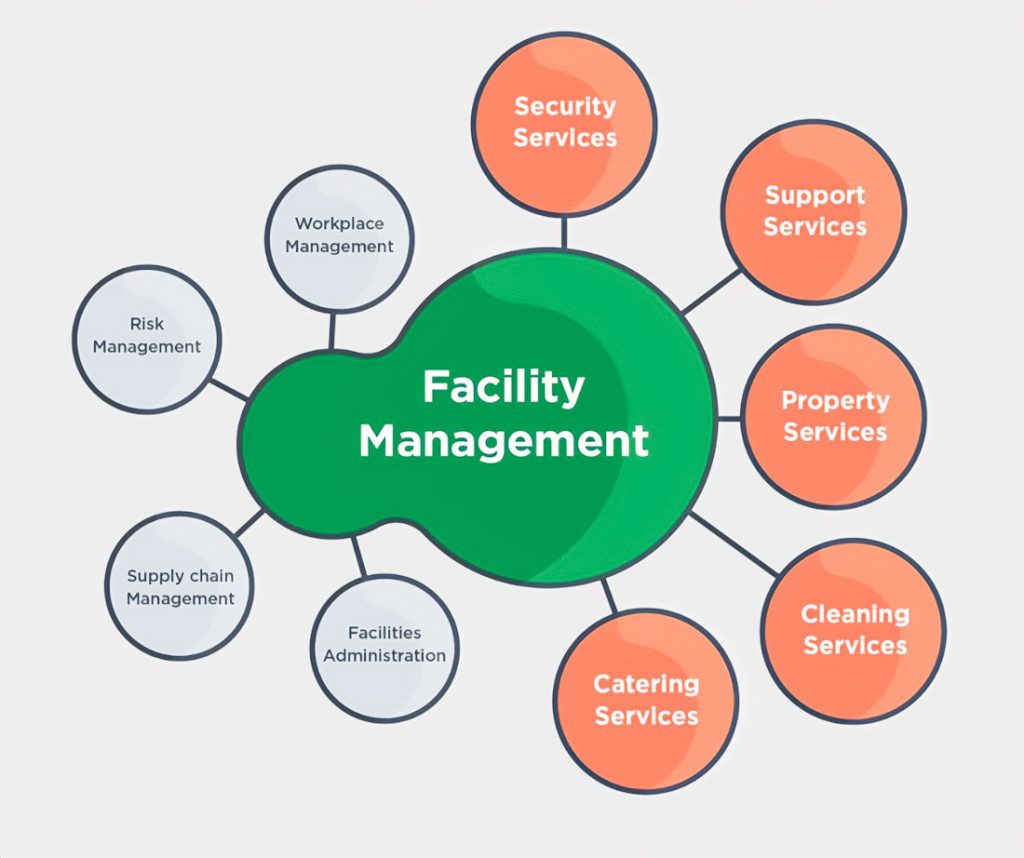
A marketing strategy is a crucial framework that defines a company’s approach to engaging customers, promoting products or services, and achieving growth in an increasingly competitive marketplace. A robust marketing strategy allows a business to articulate its unique value, capture market share, and foster customer loyalty over the long term. This comprehensive article will delve into each aspect of a marketing strategy: its essential stages, the primary goals, the key elements of a well-crafted strategy, and how marketing courses at institutions like Career Enhancement Center Ajman can provide valuable insights for professionals.
The Long-Term Nature of a Marketing Strategy
A well-thought-out marketing strategy is generally designed for a period of 3 to 5 years, providing the business with a roadmap to guide its promotional and branding activities. This timeframe allows companies to make the necessary adjustments as markets evolve and customer preferences shift. Industries such as technology, where consumer expectations and trends rapidly change, may have shorter strategic cycles, while more stable industries like pharmaceuticals or manufacturing may extend their strategies beyond the typical five years.
To build an effective marketing strategy, companies need to consider their specific market conditions, competitive environment, and internal resources. This process often requires extensive research, foresight, and flexibility to adapt to unforeseen challenges or opportunities.
Four Stages of Marketing Strategy Development
1. Analysis
The first stage of marketing strategy development involves a detailed analysis of the industry and the market. This research phase is crucial for gathering insights into customer preferences, competitor strengths and weaknesses, and the overall industry landscape. Companies typically conduct a SWOT analysis (Strengths, Weaknesses, Opportunities, and Threats) to understand both internal capabilities and external challenges.

🡪Industry Research: Studying trends, growth patterns, regulatory issues, and economic conditions within the industry.
🡪Competitor Analysis: Identifying key competitors, assessing their market position, understanding their offerings, and analyzing their marketing tactics. This helps a company identify market gaps or unique selling points (USPs) it can leverage.
🡪Customer Segmentation: Defining target audience demographics, psychographics, and behavioral traits to create personalized marketing messages.
🡪Channel Selection: Evaluating various promotional channels, such as social media, email, search engines, and traditional media, to determine the most effective mediums for reaching the target audience.
2. Planning
Following analysis, companies move into the planning stage, where they establish specific goals and set priorities. A successful marketing strategy aligns with the company’s overall mission and business objectives. Key components of this stage include:
🡪Setting SMARTGoals: SMART (Specific, Measurable, Achievable, Relevant, and Time-bound) goals help ensure that objectives are clear and attainable. For example, “Increase brand awareness by 20% within the next year.”
🡪Resource Allocation: Assessing financial, human, and technological resources available for executing the strategy. Budgeting is critical to balancing ambitions with practical constraints.
🡪Priority Determination: Establishing which goals are most important, especially when resources are limited. Prioritizing high-impact activities helps companies focus on initiatives that yield the most significant returns.
🡪Developing KPIs: Key performance indicators (KPIs) help track progress and measure success over time, such as conversion rates, social media engagement, or website traffic.
3. Implementation
Once the planning phase is complete, companies enter the implementation phase, where they execute specific actions to reach their goals. This involves:
🡪Launching Campaigns: Rolling out various promotional campaigns across selected channels, such as digital advertising, influencer partnerships, and email marketing.
🡪Assigning Responsibilities: Designating roles and responsibilities to specific team members or departments to ensure each component of the strategy is managed efficiently.
🡪Creating Content: Developing compelling content, such as blog posts, videos, or interactive graphics, that resonates with the target audience and encourages engagement.
🡪Tracking Milestones: Setting short-term milestones to measure progress, stay on schedule, and make real-time adjustments if necessary.
4. Control and Adjustment
Continuous evaluation and adjustment of the strategy are critical for long-term success. In the control phase, companies monitor results, measure them against KPIs, and analyze factors contributing to successes or setbacks.
🡪Performance Review: Regularly reviewing performance data, such as sales figures, website analytics, or customer feedback, to gauge effectiveness.
🡪Adjusting Tactics: Making necessary changes to campaigns, adjusting messaging, or reallocating resources based on insights gathered.
🡪Scaling Successes: Expanding successful tactics, such as high-performing ad campaigns, to maximize their impact.
🡪Learning from Failures: Understanding why certain initiatives may have fallen short and preventing similar issues in future campaigns.
Primary Goals of a Marketing Strategy
The ultimate aim of any marketing strategy is to enhance a company’s market position, but specific goals may vary. Common objectives include:
Increase in Sales Volume
One of the most direct goals is to boost sales by expanding market share and attracting new customers. This is achieved by creating effective campaigns and engaging with potential buyers.
Profit Growth
As sales increase, companies generally experience a corresponding rise in profit. Profit growth supports reinvestment in product development, hiring, and future marketing activities.
Brand Development
A strong brand influences customers’ choices and fosters loyalty. Effective branding efforts create a memorable impression, build credibility, and differentiate the company from its competitors.
Strengthening Market Position
By increasing visibility and credibility in its chosen niche, a company can secure a stable revenue stream and establish itself as a market leader. This stability makes it more resilient to competition and market fluctuations.

Essential Elements of a Marketing Strategy
A successful marketing strategy comprises several core elements, each tailored to create a cohesive and effective plan.
1. Defined and Measurable Goals
Goals should align with the company’s vision and growth plans. Clear, quantifiable goals with deadlines allow companies to track progress and make data-driven adjustments.
2. Comprehensive Product and Service Assortment
A clear understanding of the company’s product line is essential. The marketing strategy should reflect the full range of offerings, including pricing, quality, and positioning relative to competitors. By defining the product assortment and ensuring it aligns with consumer needs, companies can tailor their marketing approach to maximize appeal.
3. Strategic Brand Positioning
Effective brand positioning helps customers understand and value the company’s offerings. The company’s brand image should be cohesive, from advertising and packaging to customer service and social media presence.
4. Marketing Plan with Actionable Steps
The marketing plan is an actionable document that outlines all activities, timelines, and resources allocated for marketing. This roadmap details each step for reaching the strategic goals and serves as a reference to keep the team focused.
The Importance of Marketing Strategy Courses
Professional development through marketing strategy courses equips individuals with the skills necessary to navigate complex markets. These courses provide insights and techniques that are invaluable in today’s digital landscape, where customer behavior and competitive pressures are constantly evolving. Here are some of the core advantages:
Enhanced Customer Understanding
Courses teach participants how to analyze customer data, identify emerging needs, and use these insights to shape their marketing approaches.
Staying Current with Trends and Technology
The digital marketing landscape is rapidly changing, and courses help professionals stay updated on the latest tools and techniques, from social media algorithms to programmatic advertising.
Foundational Skills for Beginners
For newcomers, courses provide essential knowledge on marketing principles and practices, enabling them to transition smoothly into marketing roles.
Advanced Skills for Experienced Marketers
Professionals can learn new strategies and refine their expertise to remain competitive in a dynamic market.
Career Enhancement Opportunities in Ajman
The Career Enhancement Center Ajman is a top-tier institution providing courses in marketing and management. With a focus on strategic and practical skills, the center prepares students for effective management roles within the marketing function. Highlights of its programs include:
Strategic Management and Planning
Students learn to align marketing initiatives with broader business objectives, making informed decisions for sustained growth.
Crisis Management and Leadership
The program covers crisis response and brand reputation management, empowering students to navigate challenges with resilience.
Hands-on Marketing Strategy Training
The center provides practical skills for executing marketing strategies, covering everything from digital marketing techniques to brand management.
Conclusion
A well-defined marketing strategy is an invaluable tool for companies aiming to thrive in competitive markets. By following a structured process of analysis, planning, implementation, and evaluation, businesses can achieve sustainable growth, boost brand recognition, and foster customer loyalty. Through continuous learning and professional development, marketers can enhance their expertise, adapt to new challenges, and drive success. Whether you are new to the field or an experienced marketer, investing in a solid understanding of marketing strategy is a step toward unlocking long-term value for both your company and career.

Soccer lover, nature enthusiast, guitarist, Bauhaus fan and critical graphic designer. Doing at the fulcrum of minimalism and purpose to craft experiences that go beyond design. I am 25 years old.


